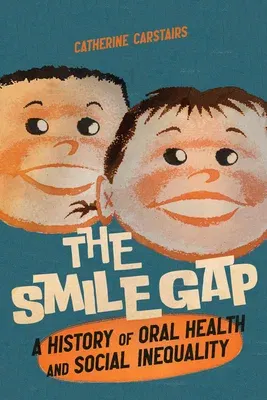As recently as fifty years ago most people expected to lose their teeth
as they aged. Few children benefited from braces to straighten their
teeth, and cosmetic procedures to change the appearance of smiles were
largely unknown. Today, many Canadians enjoy straight, white teeth and
far more of them are keeping their teeth for the entirety of their
lives. Yet these advances have not reached everyone.The Smile Gap
examines the enormous improvements that have taken place over the past
century. The use of fluorides, emphasis on toothbrushing, the rise of
cosmetic dentistry, and better access to dental care have had a profound
effect on the oral health and beauty of Canadians. Yet while the
introduction of employer-provided dental insurance in the 1970s has
allowed for regular visits to the dentist for many people, a significant
number of Canadians still lack access to good oral health care,
especially disabled Canadians, those on social assistance, the working
poor, the elderly, and new immigrants. At the same time, an attractive
smile has become increasingly important in the workplace and in
relationships. People with damaged and missing teeth are at a
substantial disadvantage, not just because of the pain and suffering
caused by poor oral health, but because we live in a society that prizes
good teeth and warm smiles.The first history of oral health in Canada,
The Smile Gap reveals that despite the gains made, too many Canadians go
without any dental care, with damaging consequences for their oral
health, general physical health, and self-image. To complete our health
care system, it is time to close the gap.

